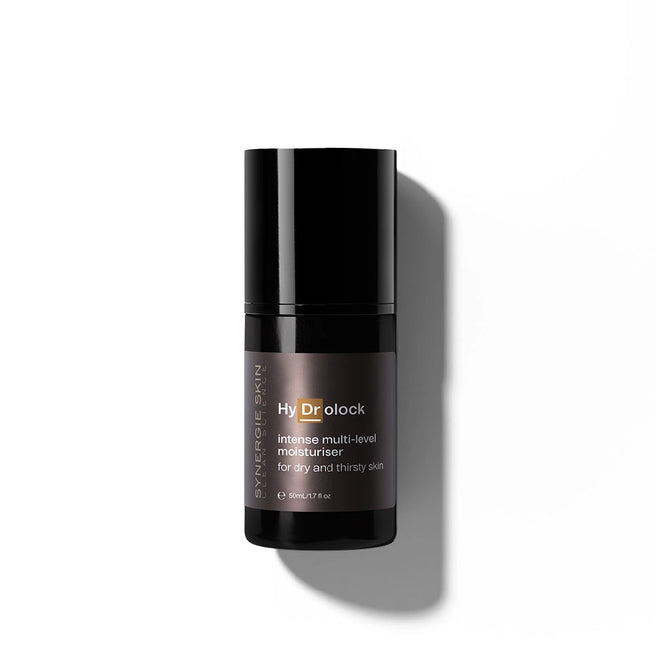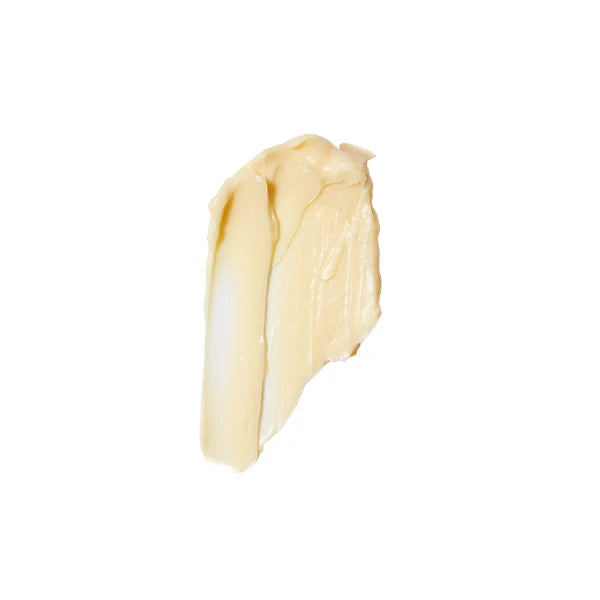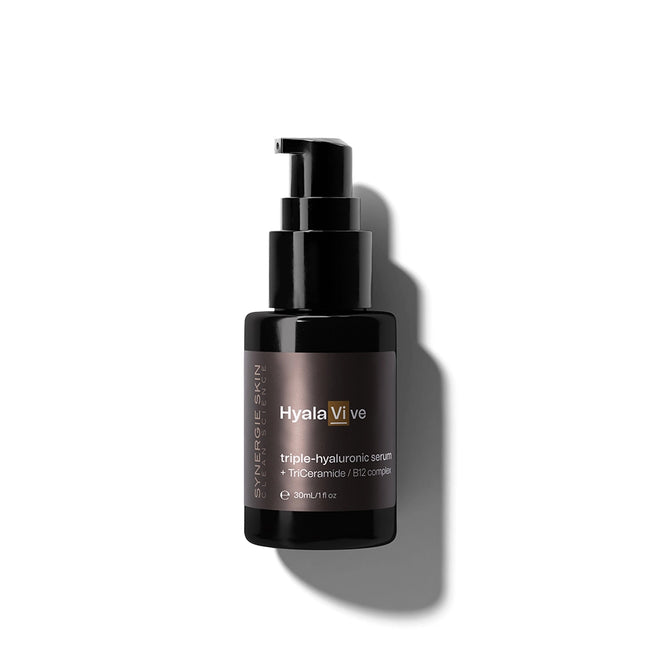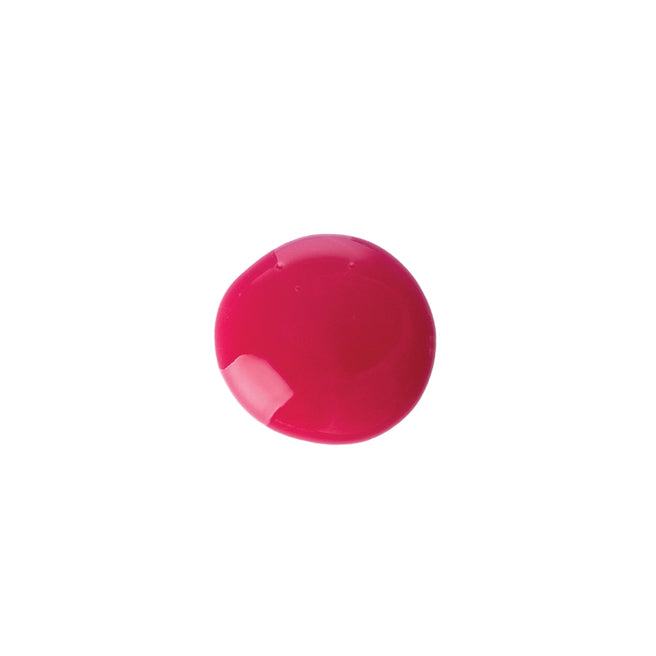Breaking down the benefits of Hydrolysed Hyaluronic Acid in comparison to Hyaluronic Acid for your skin

What is Hydrolysed Hyaluronic Acid?
A popular misconception in the skincare industry is that more active ingredients = more potent formulas, but this is not always the case. Why? Because no matter how many incredible actives you pack into a formula, it may ultimately amount to very little transformation in the skin without an optimal delivery system i.e. the formula’s method of penetrating the skin in order to enact real change upon target cells. This is why molecular weight is incredibly important. Enter Hydrolysed hyaluronic acid…
Hydrolysed hyaluronic acid is a revolutionary active ingredient that offers numerous benefits for epidermis within a hyaluronic acid moisturiser. With an average weight of 50kDa, it is produced through a gentle thermal degradation method, resulting in a lower molecular weight than hyaluronic acid. This fragmentation enhances its ability to penetrate the skin, leading to improved hydration for dry skin rejuvenation, increased elasticity, reduction in skin texture, and diminished wrinkles. Let’s take a deeper dive into the science behind hydrolysed hyaluronic acid and its benefits in skincare products.
Benefits of Hydrolysed Hyaluronic Acid:
1. Supplies and increases the content of hyaluronic acid in the skin
2. Penetrates deeper into the skin compared to standard HA
3. Improves dermal and epidermal hydration for dry skin
4. Aids in skin rejuvenation
5. Reduces skin texture
6. Increases skin elasticity
7. Diminishes the appearance of deep and fine wrinkles
8. Increases epidermal barrier protection
The benefits of hydrolysed hyaluronic acid are multifaceted. Firstly, it supplies and increases the content of hyaluronic acid in the skin, reinforcing its natural reserves. Secondly, it enhances deeper epidermal hydration for dry skin, ensuring the skin remains volumised, supple, and well-hydrated. Thirdly, hydrolysed hyaluronic acid aids in skin rejuvenation by stimulating the activity of epidermal junction proteins, promoting better regulation of water levels creating more resilient skin. Additionally, it reduces rough texture, improves elasticity, and strengthens the epidermal barrier, protecting the skin from external stressors and enhancing cellular elasticity elasticity was already mentioned earlier in the sentence.
Hydrolysed Hyaluronic Acid vs Hyaluronic Acid
To understand the significance of hydrolysed hyaluronic acid, we must first grasp the importance of hyaluronic acid (HA) in the skin. HA is a polysaccharide naturally produced by fibroblast cells and is a vital component of the gel like supportive liquid in the dermis. This type of natural body HA possesses high molecular weight and remarkable water-retaining properties. HA plays a crucial role in maintaining the hydration, turgidity, structure, and integrity of the skin. It aids in regulating water balance, supporting wound healing, and facilitating nutrient transport within the dermis and epidermis. Most facial moisturisers often incorporate HA as a natural moisturiser and anti-ageing ingredient due to its ability to hold large amounts of water, up to 1,000 times its weight in fact. However, the large molecular size of HA limits its penetration into the skin and simply hydrates the surface dead skin layer. This type of HA acts as a film on the surface to hydrate and reduce the fine crepey surface dryness.
With that said, hyaluronic acid remains an incredibly powerful ingredient in the skincare industry, but it’s even better when used in conjunction with lightweight hydrolysed hyaluronic acid to target both the upper and lower epidermis. The deeper penetrating hydrolysed HA is able to act on living cells in the deeper skin levels of the epidermis and deliver more benefit than just hydrating the surface.

Fragmentation and Penetration Enhancement
The breakthrough lies in the fragmentation of large HA polymers through a chemical process called hydrolysis. This process significantly improves the penetration ability of hyaluronic acid into the deeper layers of skin. By reducing the molecular weight, hydrolysed hyaluronic acid overcomes the limitations of traditional HA and unlocks its full potential.
Manufacturing of Hydrolysed Hyaluronic Acid
Hydrolysed hyaluronic acid, with an average weight of 50kDa, is manufactured through an environmentally-friendly, solvent-free recovery process. This involves the gentle heating and fermentation to break down the HA using a beneficial bacterium, B. subtilis. . The resulting low molecular weight hyaluronic acid retains its exceptional hydrating and rejuvenating properties, making it ideal for skincare formulations.
In-Vitro and In-Vivo Studies of Hydrolysed Hyaluronic Acid
Clinical studies have provided compelling evidence supporting the efficacy of hydrolysed hyaluronic acid. In an in-vitro study conducted on reconstituted human epidermis, it was demonstrated that hydrolysed hyaluronic acid improves the expression of barrier proteins that hold healthy skin cells together , leading to improved water regulation and healthier epidermis. Another study conducted on human dermal fibroblasts showed an increase in the content of natural hyaluronic acid in the skin and the filling of wrinkles from within. This may be due to positive feedback from the hydrolysed HA in the lower epidermis.
Furthermore, an in-vivo study on 12 volunteers assessed the effects of hydrolysed hyaluronic acid on skin elasticity and roughness. The results after 4 and 8 weeks of application showed rejuvenation of the skin with improved elasticity, reduction in skin roughness, and significant reduction in the appearance of deep wrinkles, crow's feet, and periorbital wrinkles.
In Conclusion
Hydrolysed hyaluronic acid offers a groundbreaking solution to the limitations of traditional ‘heavy’ hyaluronic acid. Its low molecular weight allows for better penetration into the skin, unlocking the full potential of this essential skincare ingredient. By replenishing and enhancing the skin's hyaluronic acid content, hydrolysed hyaluronic acid deeply penetrates to improve hydration, rejuvenation, elasticity, and reduce the appearance of wrinkles and roughness.
Synergie Skin has recently implemented a Dual Hyaluronic Acid Complex (HA and Hydrolysed hyaluronic acid) with the reformulation of our richest, most emollient dry skin moisturiser: HyDrolock. The ideal choice as part of skincare routine for dry skin; this multi-level formula delivers moisture deeply into the dermis and epidermis for boosted hydration, leaving your complexion soft, bouncy, and revitalised with long-term benefits to the skin barrier.
[Disclaimer: The information provided here is for educational purposes only and should not replace professional skincare advice. Consult a dermatologist or skincare specialist for personalised recommendations.]









.webp?v=1700180160522)